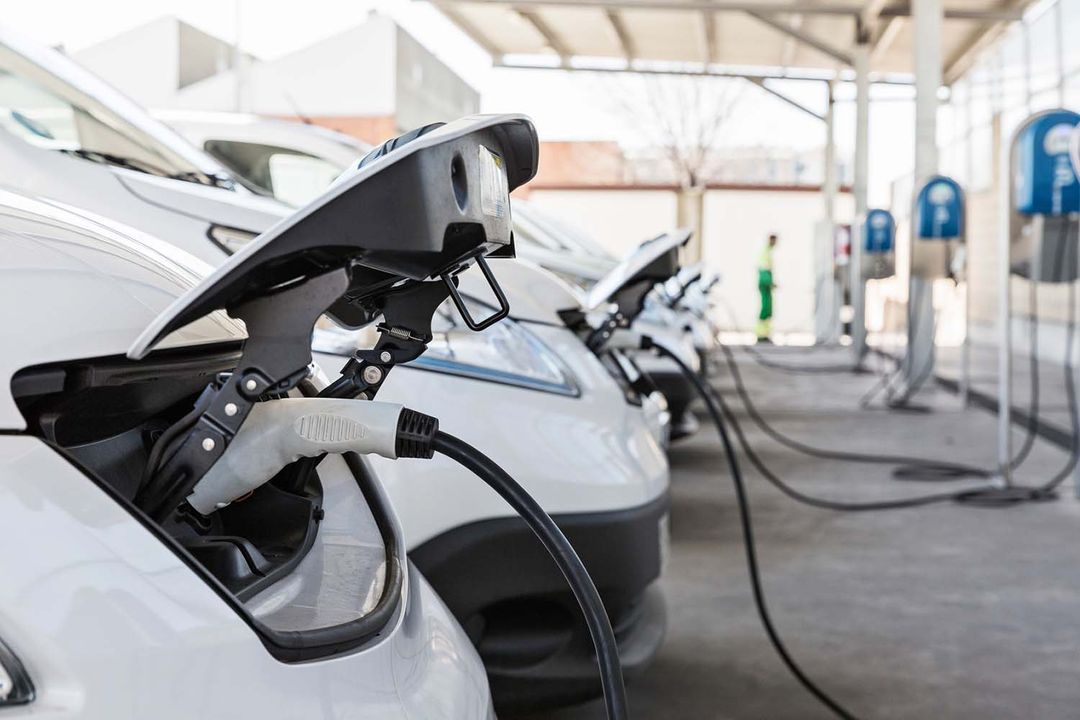Recently we showed you how Adiona’s platform can be used to support microfulfilment centers, ebikes, and dense urban hybrid modes, so please check out that video, too. Today I’m going to show you how you can plan deliveries with different kinds of vehicles at different depots and run experiments using real world operations and traffic data. Check out the video below and read on for the breakdown of it.
Here we’re going to simulate how to run a pilot with electric vans and electric cargo bikes in addition to my core diesel van fleet. I’m going to set it up so that
- the shorter high density metro runs always go to the electric vans to address my range anxiety and,
- so the EVs can come back for a mid-day charge.
- the longer runs go to my diesel vans
- make full shifts of short runs for my bike riders so they can loop back to the depot, reload their stack of parcels, swap batteries, and head back out.
- And all of this will be done with the fewest possible vehicles, shifts, and fuel spend.
What you see here is 2,300 real parcel deliveries in Chicago.

In addition to my original distribution center on the west side of the city, I’ve also elected to make one of our facilities on the east side as an EV experimentation hub, and have also rented two smaller facilities on the southside as electric bike delivery hubs. All of these locations have been suggested by the system based on our historical delivery data.


What we want to do first is figure out which of the customer orders should be served out of which hub. And that’s based on the volume of parcels that each hub can hold, the volume of the parcels themselves, which vary significantly, and a variabledelivery radius around each hub that I can choose to set. You can see that reflected by these dotted line zone indicators for each depot. Each depot canalso have sub zones.
And sometimes there are other limitations to include, for example the Chicago river. We don’t want customers or delivery fleets having tocross the river, so we create what’s called a “geosplitter”. I’ve already created one for the river and saved it here.

So let’s do our routing and here is what it looks like. On the map you can see that each hub is surrounded by coloured shapes.

On the timeline above the map, you can see that each rider shift corresponds to one of thoseshapes and shows all of the individual orders. When I turn them on and zoom in, you can see a series of stops for each route. For each route, we can see the volume and/or weight of orders and they are all within capacity, the number of stops, thetotal on road time including 3 minute service time each, the departure time for that route, and the total kilometers. You can also opt to see the carbon emissions per route if you setup the vehicle type specifically.

First is my diesel vans. The algorithm has created 4 van routes and they’re pretty efficient. Now let’s scroll down to my Electric vans. Those have a limited range so you can see their runs are shorter, and the black rectangles are when they are returning to the depot, reloading their parcels, fast charging, and then heading back out. Each individual shift is specified separately so drivers or vehicles can be swapped around as needed, then pushed out to the right driver’s app. By doing it this way, they get a nominal 9 hour shift per driver broken into two 4 or 5 hour shifts for the vans.

And now the eBikes. You can see that it’s similar. We’ve got 10 individual full runs that have been arranged into multiple loops so the rider can get a full shift. It’s then just business logic to push them to the right rider’s app.

Combine this with our live dispatch portal and mobile apps for a completely customisable, dynamic solution giving you fleet visibility and control for now and into the future.
So I hope this inspires you to try your own EV pilots in the right places and with a higher chance of success. Get in touch and we’ll be happy to help.

